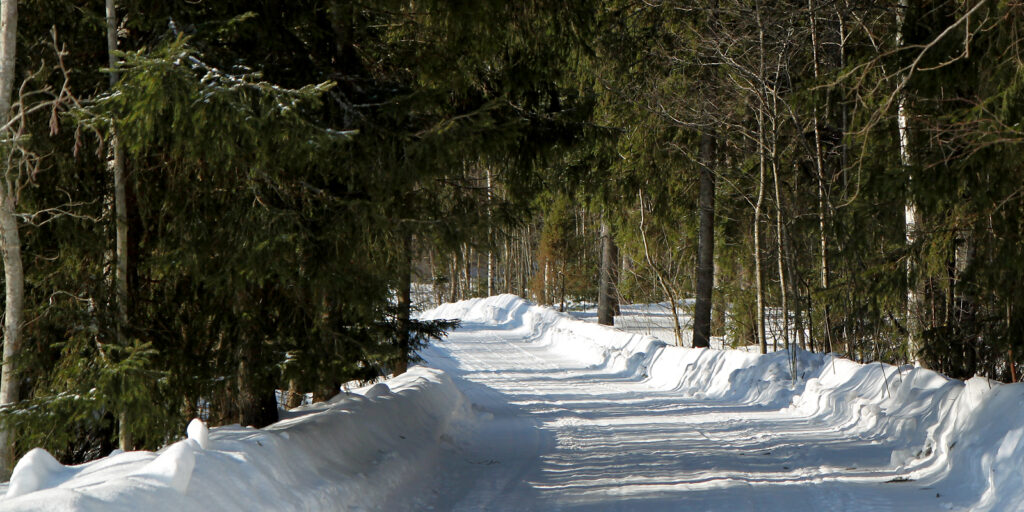Open knowledge and new legislation to boost circular economy – wood ash as an active substance for fertilization and forestry road renovations

To manage the leap from fossil to circular economy, even the sidestreams of the forest industry must be used more efficiently. A new Finnish biomass resource atlas should help the utilization of the raw materials.
In Finland, the forest and energy industries generate up to 300,000–600,000 tonnes of wood and peat ash per year. By far most of it finds a use, but a significant amount of ash still ends up in landfills.
“We should not waste ash. It has many excellent properties which are helpful in fertilization and in road construction,” says Mr Samuli Joensuu, an expert at Tapio, a Finnish organisation producing solutions for sustainable forest management.
Joensuu coordinates the Ash Road project, testing the use of wood and peat ash in the construction and renovation of forestry roads. The project showed that ash clearly improves the bearing capacity of forestry roads compared with roads renovated traditionally with crushed stone only. Ash also binds dust on gravel roads.

Water quality measurements during the Ash Road project showed that the use of ash is safe for ground and surface waters. This year, ash should be included in the decree on the use of waste materials in civil engineering works. Thus, instead of an environmental permit, the use of ash will only require a notification procedure in the future.
Biomass Atlas shows what is available in each region
There are about 120,000 km of gravelled forestry roads of light construction in Finland, requiring regular maintenance. The roads have an essential role for the forest industry timber supply and for the utilization of other forest ecosystem services, such as recreational use.
According to Joensuu, ash may be in short supply if its use to strengthen forestry roads increases. “That’s why even small amounts of ash, such as ash from heating plants, should be made available,” says Joensuu.
Ash producers will be easily found on the web in the near future. Later this spring Luke, the Natural Resources Institute Finland, will launch a new Biomass Atlas, where everyone can study the availability of bio-based raw materials with the accuracy of one square kilometre.
“As we move from fossil to bioeconomy, the Biomass Atlas shows where alternative materials can be found in your neighbourhood,” says Ms Eeva Lehtonen, researcher at Luke.
Easily accessible online and free of charge, the Biomass Atlas is based on open knowledge. Worldwide, the atlas is unique in that it gathers different types of biomasses in the same application. The atlas includes forest and agricultural biomass, municipal organic waste and organic sidestreams from industry.
Ash fertilizer improves forest growth
In Finland and elsewhere, wood ash is especially used in embankments and noise barriers. The foundations of a motorway can hide an ash bed of over one metre in thickness.
Ash is also a good fertilizer, for peatlands at least. However, according to the Finnish Forest Centre, ash fertilization is not used often enough, even though it is possible to increase forest growth for two or three decades with just one treatment.
“Ash is fairly infrequently used, although it would provide an enormous increase in forest growth,” Mr Markku Remes, the leading expert of forest management at the Finnish Forest Centre, recently said in an interview with the public-service broadcasting company YLE. He pointed out that the use of ash as fertilizer would also promote circular economy.
Joensuu, too, believes in the benefits of ash as fertilizer. The Tapio organization coordinates a project researching the suitability of wood ash for the fertilization of mineral soils. The project will study the benefits of ash fertilization and produce information that can be used in the current updating of the Finnish fertilizer decree and the European Union fertilizer directive.
Kirjoita kommentti